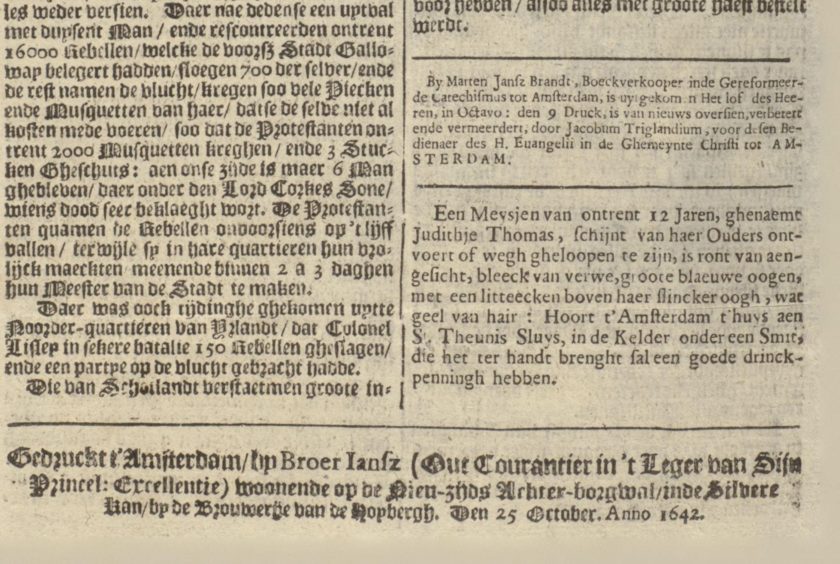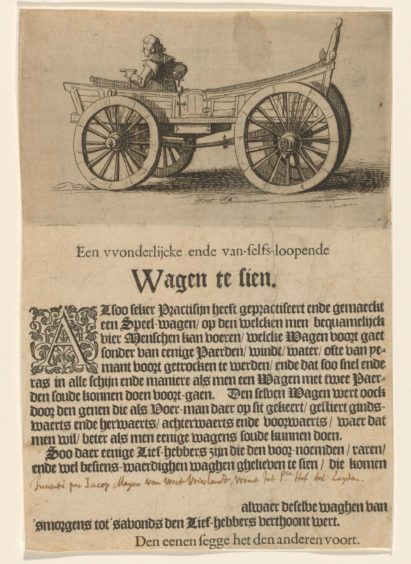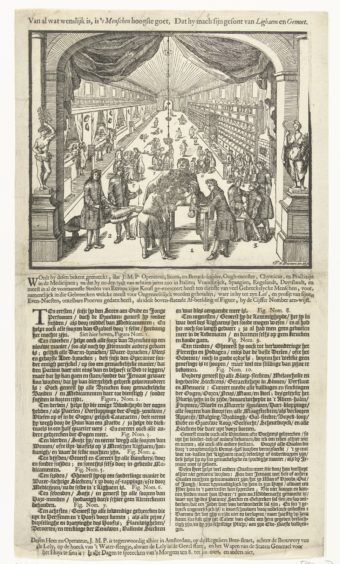Scots researchers have traced the history of newspaper advertising back 400 years to the Netherlands.
The treasure trove of cuttings uncovered by a team from St Andrews University’s school of history offers a rare insight into 17th Century life, the birth of modern advertising and the development of consumer culture.
And in doing, so they throw up fascinating details of the initial uses – from publicising inventions, to seeking stolen children.
Two new books focus on the first 6,000 adverts to be placed in Dutch papers between 1620 and 1675.
The authors recount the story of Antwerp writer and publisher Abraham Verhoeven, who was the first to publish an illustrated newspaper.
One of his unique marketing ploys was to insert notices at the end of his issues to let subscribers know he would soon be publishing other items of interest, such as maps or pamphlets.
His rivals in the Dutch Republic, the modern Netherlands, soon began to embrace commercial advertisements with enthusiasm.
The school of history’s Professor Andrew Pettegree said: “The Dutch Republic was the birthplace of a competitive news market and it is here we see the true origins of modern newspaper advertising, decades before publishers in other countries such as England, France and Germany began to use advertisements.
“Some of the concepts developed in newspaper advertising we found during our research are still very much in use today.”
The research project took place over six years, during which time the St Andrews team have pored over all manner of fascinating documents – including a copy of the first book ever offered for sale in a newspaper.
Dr Arthur der Weduwen added: ““We have charted the growth of advertising from its early beginnings to its flourishing towards the end of the seventeenth century.
“Thanks to these advertisements, we gain unrivalled insights into the burgeoning consumer society of seventeenth-century Europe.
“Businesses and private citizens used the newspapers to offer a wide range of goods and services, publicise new inventions, or appeal for help in recovering lost and stolen goods, pets or children.
“We have offered both a unique window into past lives and societies, and the beginnings of marketing strategies that would characterise the advertising world over the following centuries, and into the modern era.”
The books, The Dutch Republic and the Birth of Modern Advertising and the News, Business and Public Information: Advertisements and Announcements in Dutch and Flemish Newspapers, 1620-1675 are published by Brill and available online.













